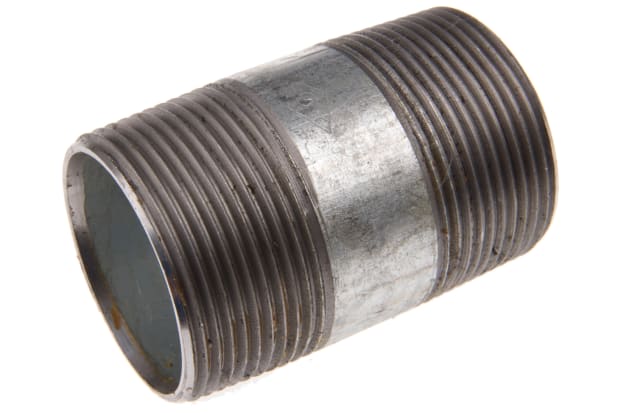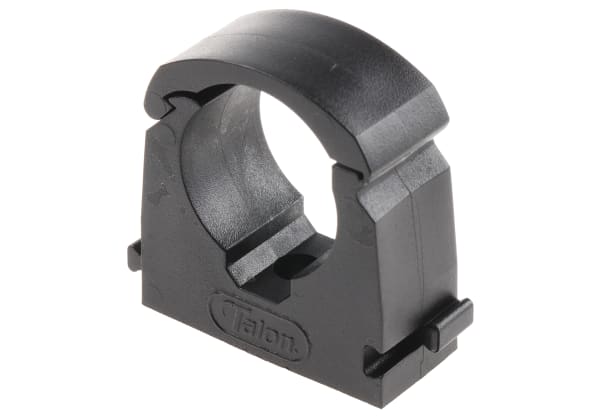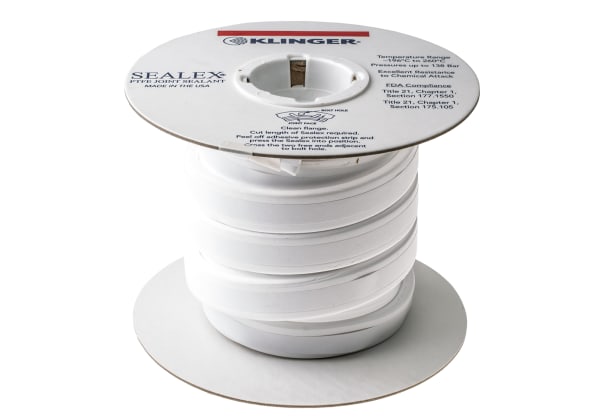- Published 18 Apr 2023
- Last Modified 29 Aug 2023
- 5 min
What are Malleable Iron Pipe Fittings?
Malleable iron pipe fittings are metal fittings designed to connect and secure pipework.

Modern life relies on water and gas supply as well as sewage and wastewater removal, and underground piping supports these mechanisms. In industry, gases and liquids are moving around plants and factories through pipework, too. Holding all of this piping together is durable pipe fittings.
In this guide, we explain what malleable iron pipe fittings are, their uses and the types and sizes of fittings that can be found.
Common Uses for Malleable Fittings

Whether you work in the oil and gas industry, are a mechanic or are an engineer, you will be familiar with using steel pipes, and need fittings to connect those pipes and make sure they are secure and fit for purpose. This is where malleable pipe fittings come in. These versatile fittings come in a range of fitting types, including pipe caps, pipe unions, pipe couplings and others, and have the name “malleable” due to the structure or composition of their metal. The metal that comprises iron fittings can be easily re-moulded and reshaped to complete the task effectively and securely.
In the modern-day landscape, Malleable iron fittings’ versatility and durability lend themselves to a wide range of applications, from underground water supply equipment to assisting in anchoring heavy machinery to the ground.
How are They Made?
One of the basic methods for creating any object from metal is known as casting, and that’s how malleable iron pipe fittings are made. Casting is when the metal is heated until it is molten and it is then poured into a mould in the desired shape. After it is left to cool or is cooled forcibly, it returns to its solid form but in the desired shape. It can then be finessed with various finishes, and have screw threads tapped into it.
In the case of malleable iron pipe fittings, when being formed, the temperatures used to form these fittings can reach as high as 250 degrees Celsius and under a pressure of between 150–300psi. This balance of pressure and heat allows electrons to leave and enter the metal, this then creates a layering effect in the metal composition or structure and is what causes the metal to be flexible and mouldable.
Because of malleable iron pipe fittings’ bendable structure, the metal itself is not as strong as other fitting options. Due to this factor, malleable fittings are not used when further welding is required, as the reheating of the metal would affect its composition and threading is often formed on the fittings instead of additional welding. However, the heating process of malleable iron fittings means that they have great tensile strength, making them a very durable tool and allowing them to last years, if not decades.
Malleable Iron Pipe Fitting Dimensions
The choice of fitting doesn’t just end with composition, as there is a range of dimensions to choose from when selecting the correct malleable iron pipe fitting.
Firstly, the pipe sizes run from 1/8th of an inch, or 6 mm, all the way up to 6 inches, or 150 mm. Between those, there are many different dimensions to choose from. For the smallest size at 6 mm, the common dimensions range from 6.4 mm to 25.4 mm, or 0.25 inches to 1 inch. To give an idea of increasing scale, in the largest fitting size at 6 inches or 150 mm, the dimensions can range from 1.2 inches to 8 inches, or 32.5 mm to 204.8 mm.
As well as size, iron pipe fittings also differ in shape. They come in angles of 45 degrees to 90 degrees.
In terms of types of fittings, these include:
- <u>Tee fittings</u>, which are T-shaped
- <u>Elbow fittings</u> – where the metal is bent and resembles the elbow of an arm – straight couplings and caps
- Concentric coupling which is straight, but one end of the fitting is larger than the other
Other Types of Pipe Fittings to Consider
When it comes to connecting pipework, malleable iron pipe fittings are not the only fittings that are available, and there is a wide variety of options depending on need and task. For example, in heavy industrial use, wrought iron or forged iron fittings could be a more appropriate choice. Forged fittings are more robust than malleable fittings and are made of thicker metal. They also come in much larger sizes than malleable fittings, as they are more commonly used in applications where the metal needs to be stronger and more durable against large pressures of liquid or gas being transported. Unlike iron fittings, forged fittings can come in a range of metals, including nickel, steel and others.
Another alternative to malleable fittings is carbon steel fittings. These fittings are heavier than malleable fittings and are used in a wide range of applications where durability is paramount. However, unlike malleable iron pipe fittings, carbon steel piping and fittings cannot be used to transport liquid, as it releases particles that would affect the quality of the liquid being transported. Also, due to its more robust nature, carbon steel fittings are a better choice when welding is involved in connecting piping. Much like malleable fittings, carbon steel fittings come in a range of sizes, dimensions and types, depending on the task needing to be completed.
Further Reading
Related links
- Hydraulics and Pneumatics Guide
- Malleable Iron Pipe Fittings
- Georg Fischer Galvanised Malleable Iron Fitting Tee, Female BSPP 1in to Female BSPP 1in to Female BSPP 1in
- Georg Fischer Galvanised Malleable Iron Fitting Socket, Female BSPP 2in to Female BSPP 2in
- Georg Fischer Galvanised Malleable Iron Fitting Tee, Female BSPP 2in to Female BSPP 2in to Female BSPP 2in
- Georg Fischer Galvanised Malleable Iron Fitting Tee, Female BSPP 1/2in to Female BSPP 1/2in to Female BSPP 1/2in
- Georg Fischer Galvanised Malleable Iron Fitting Tee, Female BSPP 1/4in to Female BSPP 1/4in to Female BSPP 1/4in
- Georg Fischer Galvanised Malleable Iron Fitting Socket, Female BSPP 1/2in to Female BSPP 1/2in


